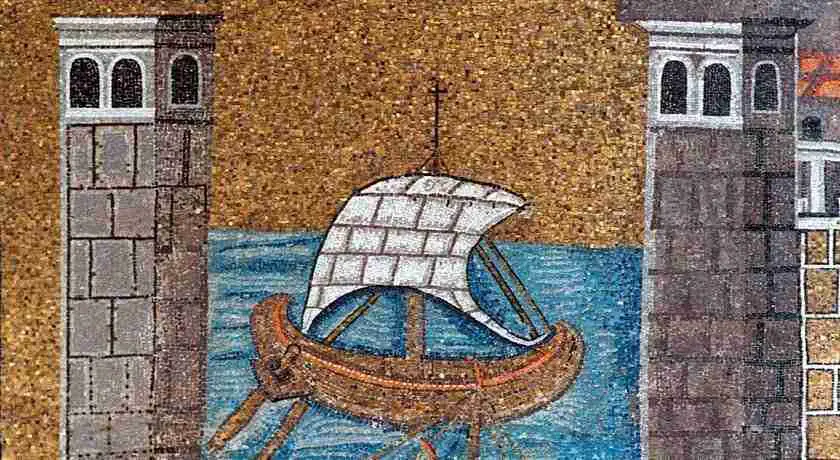The last capital of the Western Roman Empire and home to eight UNESCO Heritage sites, Ravenna is seldomly uttered in the same breath as so many other illustrious cities in Italy. But a new book hopes to put Ravenna and its era of empire in the spotlight.
Ravenna: Capital of Empire, Crucible of Europe, by world-renowned British archaeologist Judith Herrin, is a comprehensive look at the history of Ravenna during its golden age.

Here’s a synopsis:
At the end of the fourth century, as the power of Rome faded and Constantinople became the seat of empire, a new capital city was rising in the West. Here, in Ravenna on the coast of Italy, Arian Goths and Catholic Romans competed to produce an unrivaled concentration of buildings and astonishing mosaics. For three centuries, the city attracted scholars, lawyers, craftsmen, and religious luminaries, becoming a true cultural and political capital. Bringing this extraordinary history marvelously to life, Judith Herrin rewrites the history of East and West in the Mediterranean world before the rise of Islam and shows how, thanks to Byzantine influence, Ravenna played a crucial role in the development of medieval Christendom.
The rise of Ravenna came at a time when the power structure of the peninsula was less clear – Rome had fallen and Italy was on the precipice of the Dark Ages. Perhaps this confusing history, the turbulent times of the Visigoths, Barbarians, and Byzantium, is so difficult to uncoil that it leaves Ravenna on the margins of conversations about Italy and, as a result, off of too many itineraries.
Ravenna was one of the first cities I ever visited in Italy. Fresh out of college, with a few art history classes on my mind, I was determined to see the early Christian monuments and mosaics. I’m eager to read this new book by Herrin and revisit Ravenna, this time with a new, more thorough understanding of its history.
Ravenna: Capital of Empire, Crucible of Europe is available for pre-order from Amazon and Bookshop.
Featured photo via Ravenna Tourism
Last updated on October 26th, 2020Post first published on August 30, 2020



Comments
2 responses to “When Ravenna Was the ‘Capital of Empire’”
Thanks for letting us know about this! I am spreading the word now about this book in my Conversational Italian Facebook group and Stella Lucente Italian page.
My pleasure!